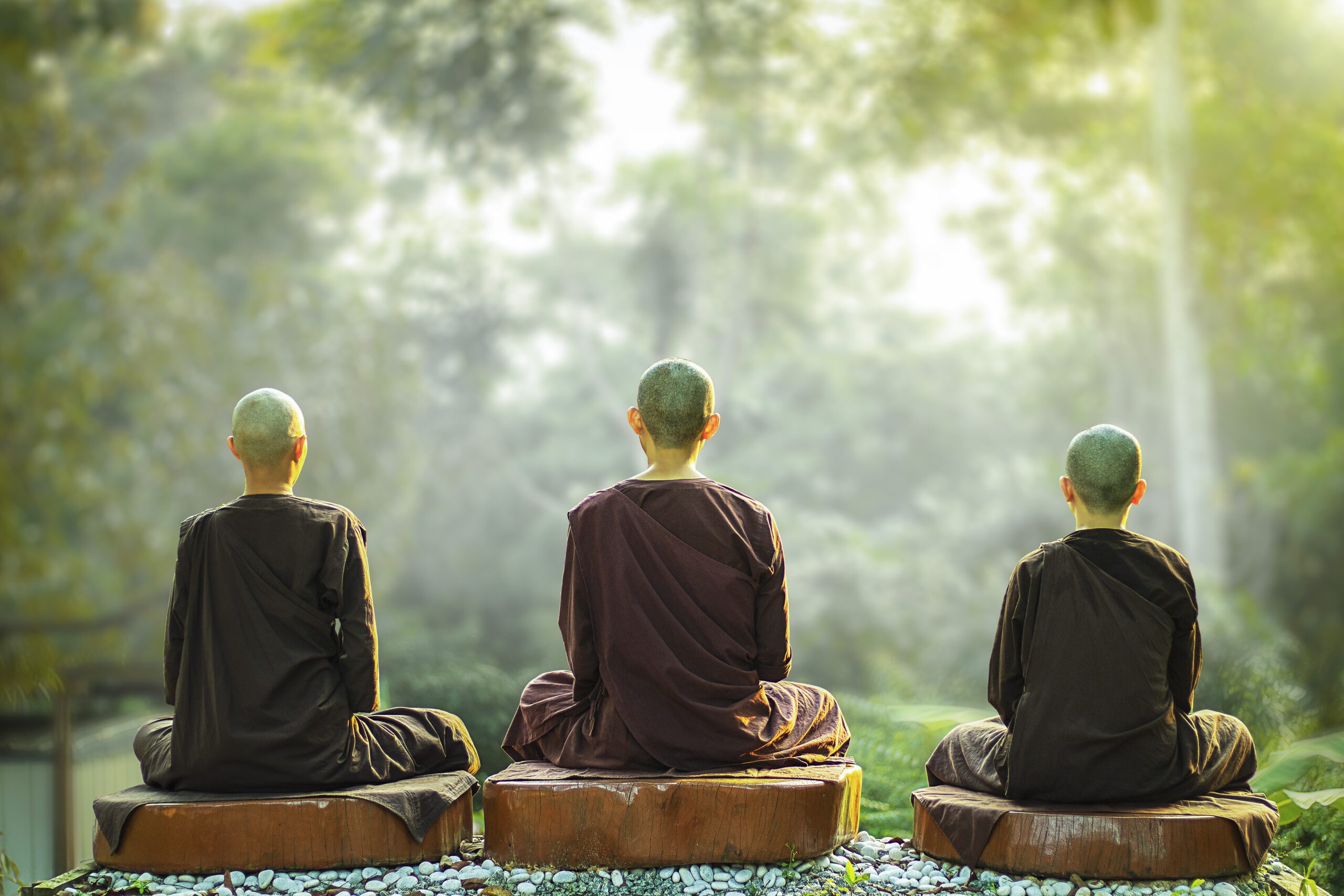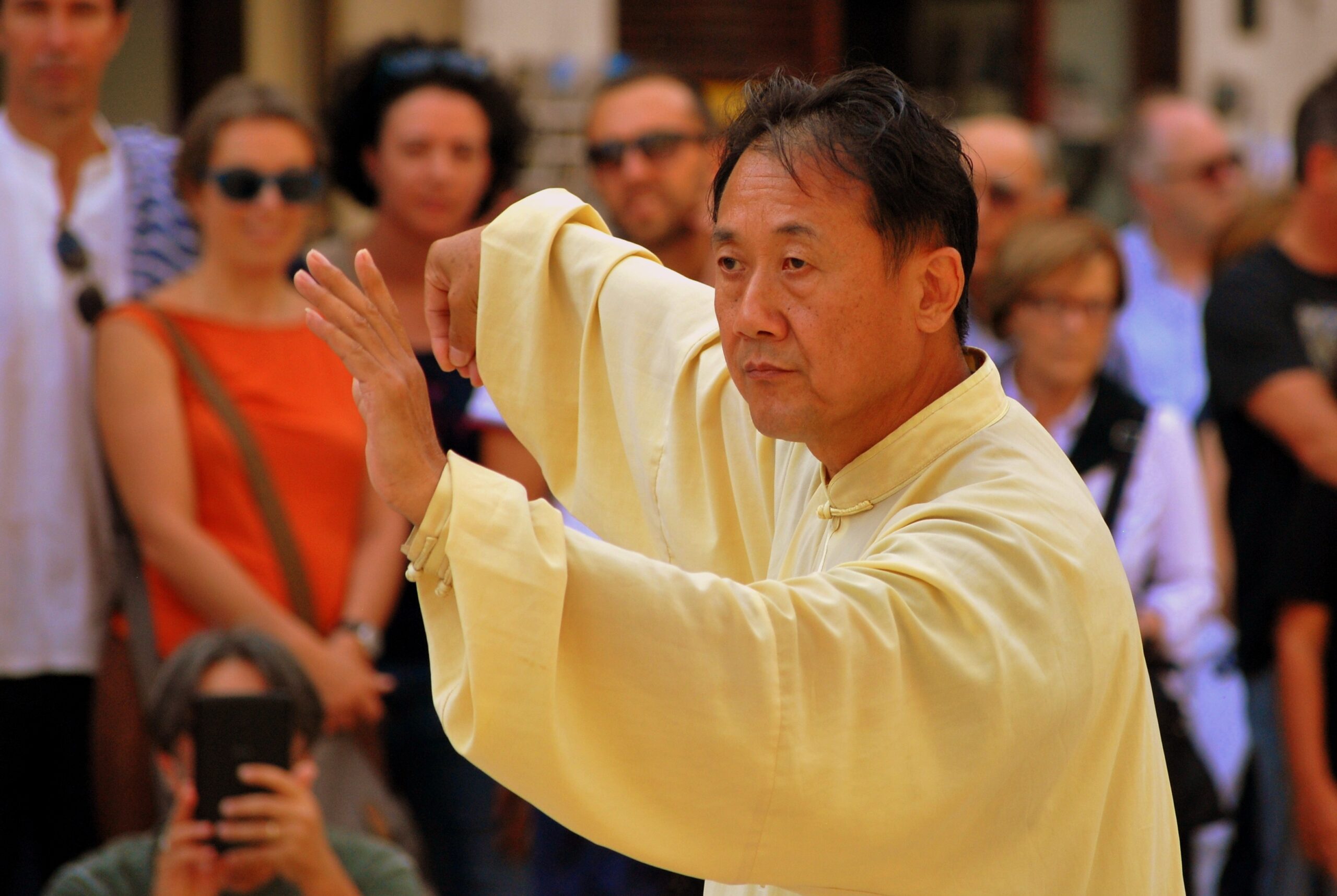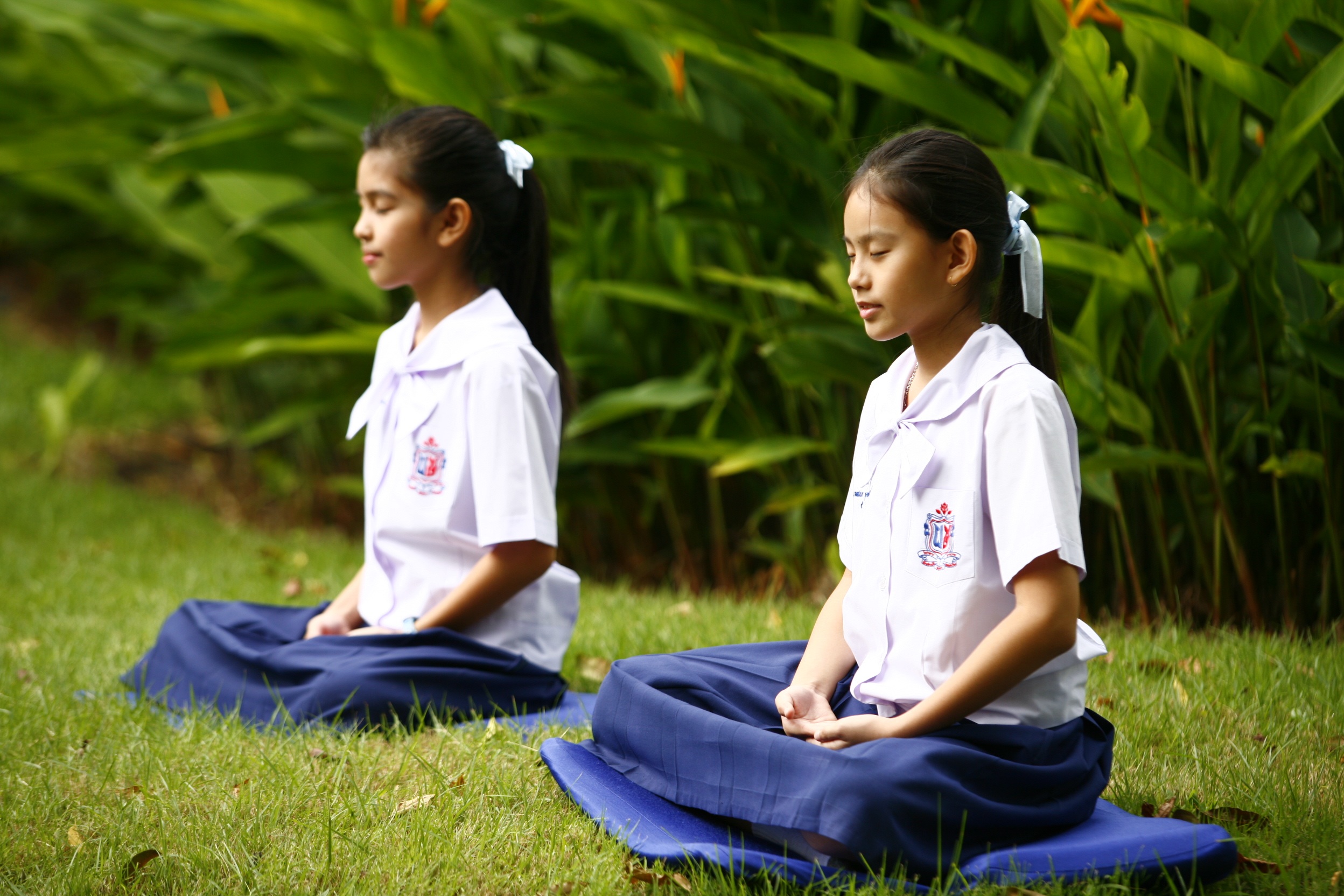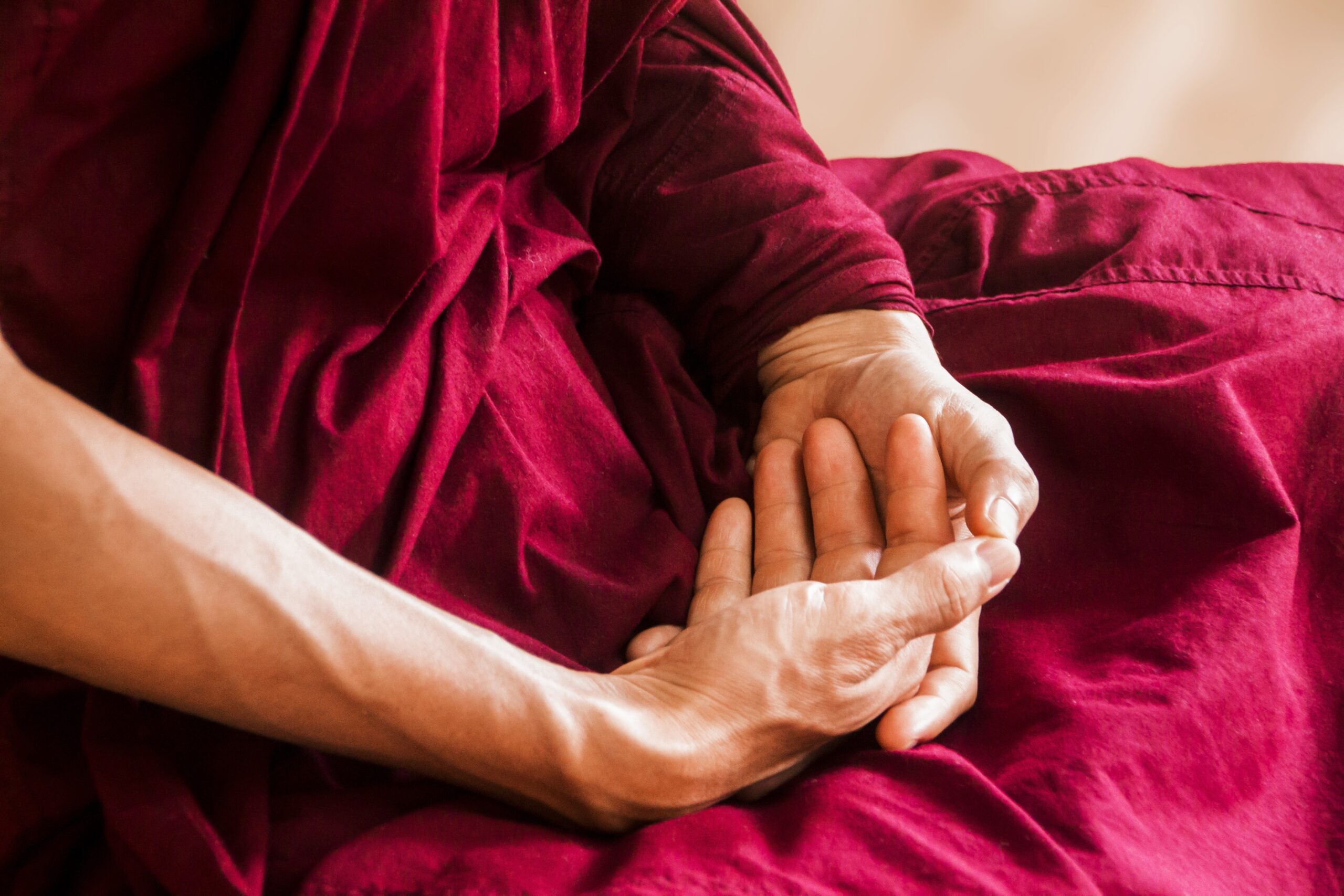Chi: Subtle & Elusive, Yet Vital to Life
 Universally accepted in different cultures, chi nevertheless defies description — the underlying belief that a cosmic life force is ultimately responsible for creating and sustaining all life in the universe.
Universally accepted in different cultures, chi nevertheless defies description — the underlying belief that a cosmic life force is ultimately responsible for creating and sustaining all life in the universe.
Also called prana, spirit, and many other names, this concept can be found in almost every culture and/or mythology, though its complexity can make it difficult to comprehend.
For example, in the Christian Bible, we learn that God “breathed life” into the first human beings Adam and Eve. This “Breath of Life” is not unlike the Asian concept (also phonetically spelled qi,) as rendered in the accompanying character, meaning vapor or breath. This is also analogous to the Hebrew “ruah”, associated with “breath”.
In essence, this “breath” or prana is considered a vital energy force, responsible for all life. It exists in the air we breathe, the food we eat, and the water we drink. It permeates everything in nature. In fact, without this energy there would essentially be no life.
With the recent advances of quantum physics, scientists are now able to measure this life force that they call biomagnetic force (BMF) or biomagnetism.
You can even perform a little experiment to experience what this energy feels like.
On earth, this life force flows naturally through invisible pathways called dragon veins. Similar pathways called meridians are also found in humans. When the natural flow of the life force is impeded, as sometimes happens, there is an imbalance of energy, and illness and disease result.
Thus, the purpose of feng shui, diet, qigong and acupuncture — indeed all forms of Chinese medicine — is to restore and maintain the equilibrium of the energy. That is why qigong masters are also usually healers, herbalists and practitioners of traditional Chinese medicine as well.
Besides meridians, there are also “fields of energy” where the energy is concentrated and stored in the body. Called tan tien (also phonetically spelled dantian), these energy fields are otherwise known in the Western world as chakras.
In the body, there are three major chakras: the third eye, also called the psychic or spiritual eye, located between the eyebrows, the midsection or heart chakra, situated in the solar plexus, and the dantian (also phonetically spelled tan tien) just below the navel.
The dantian houses the yuanqi or primordial energy. This is the life energy that we were born with. With age, this primordial energy gradually becomes depleted, which is why the first priority of qigong is to generate more energy to store in our tan tien.
The third eye stores our spiritual energy. When we cultivate energy at this point, we develop paranormal ability and ultimately work towards our spiritual development.
The purpose of qigong is to cultivate and channel this intrinsic life force. Breathing techniques generate the energy in the body. (See Abdominal Breathing, Alternate Nostril Breathing and Other Breathing Techniques).
But how do we channel or guide this energy? Through the yi consciousness, roughly translated as a combination of focused intent and visualization, goal setting and positive thinking — a particular super mindset, if you will.
Since chi is vital for health and life and even spiritual advancement, this life energy is a very powerful force, and people like qigong practitioners must take the responsibility and employ it only for good intent and not for harmful purposes. Used in either direction it can have powerful consequences that even the person wielding the power may not anticipate.




